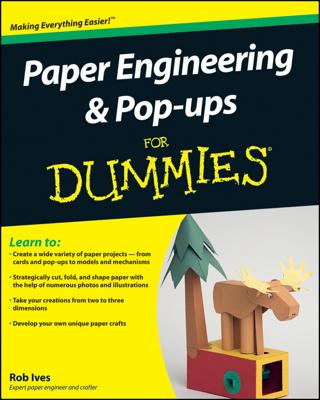Yes, the choice of wallpapers can be daunting, but allow yourself time to peruse as many wallpaper books as you can find. Many types of wallcoverings are available. Each requires slightly different preparation, application, and finishing work according to its characteristics:
Standard papers are inexpensive and generally easy to hang. Just be careful not to tug on the paper too hard as you position and reposition the sheets on the wall.
Vinyl-coated papers have a paper backing and a paper surface that’s sealed with a liquid vinyl. This seal makes the wallcovering washable, meaning that you can safely sponge it off with soapy water.
Solid sheet vinyl wallcoverings consist of vinyl bound to a cloth or paper backing. These wallcoverings are the most rugged, stain resistant, and scrubbable and make an excellent choice for kitchens.
Vinyls are the best choice for a beginning wallpaper hanger. Not only are they the easiest type of wallcovering to hang, but they’re also easy to live with — they’re durable, soil resistant, and easy to clean. They’re even easy to remove.
Foils and Mylars are good choices for small rooms with little or no natural light. The wall surface must be in nearly perfect condition, however, because the wallpaper’s shiny surfaces accentuate any imperfections.
Grasscloth, hemp, and other cloths-on-paper are richly textured, woven coverings with laminated paper backings. All are good choices to cover less-than-perfect walls, but they are expensive and relatively difficult to hang.
Flocked papers have raised, velvety patterns and are good choices for covering walls that have minor surface imperfections. Washable flocks are easier to install than nonwashable ones, but both are expensive, and installation generally requires a pro.
The two primary differences on the backsides of wallcoverings and what they may mean to you are
Prepasted or unpasted: Perhaps the most obvious difference on the backside of wallpaper is the presence or lack of paste. The vast majority of in-stock wallcoverings are prepasted. You activate this factory-applied adhesive by applying a pre-paste activator or by dipping the paper in a water tray.
Dry-strippable or peelable: This feature will be a greater concern down the road when you, or the next occupant of your home, want to remove the paper. Dry-strippable paper peels off in its entirety. Peelable paper peels off but leaves behind its paper backing. This backing can be papered over (assuming that it’s in good shape) or removed with a wallpaper remover solution before painting. Keep in mind that strippable wallpaper or the paper backing of peelable wallpaper is easily removable only if the substrate was properly sealed before installation.
Without a doubt, the most important factor in choosing wallpaper is choosing a pattern you like. You also must make sure that the pattern works in the particular room that you plan to paper. Here are some basic aesthetic guidelines:
Vertical stripes or patterns make the ceiling appear higher.
Horizontal stripes or patterns seem to widen a room and bring ceilings down.
Large patterns generally don’t look good in a small room because they tend to overpower the space and make it seem smaller. A large, open pattern looks best in a larger space.
A mini-print or a paper with a small pattern or geometric design suits smaller dimensions.
Dark colors make a room seem smaller.
Wallpaper with a light background makes a room look larger.

